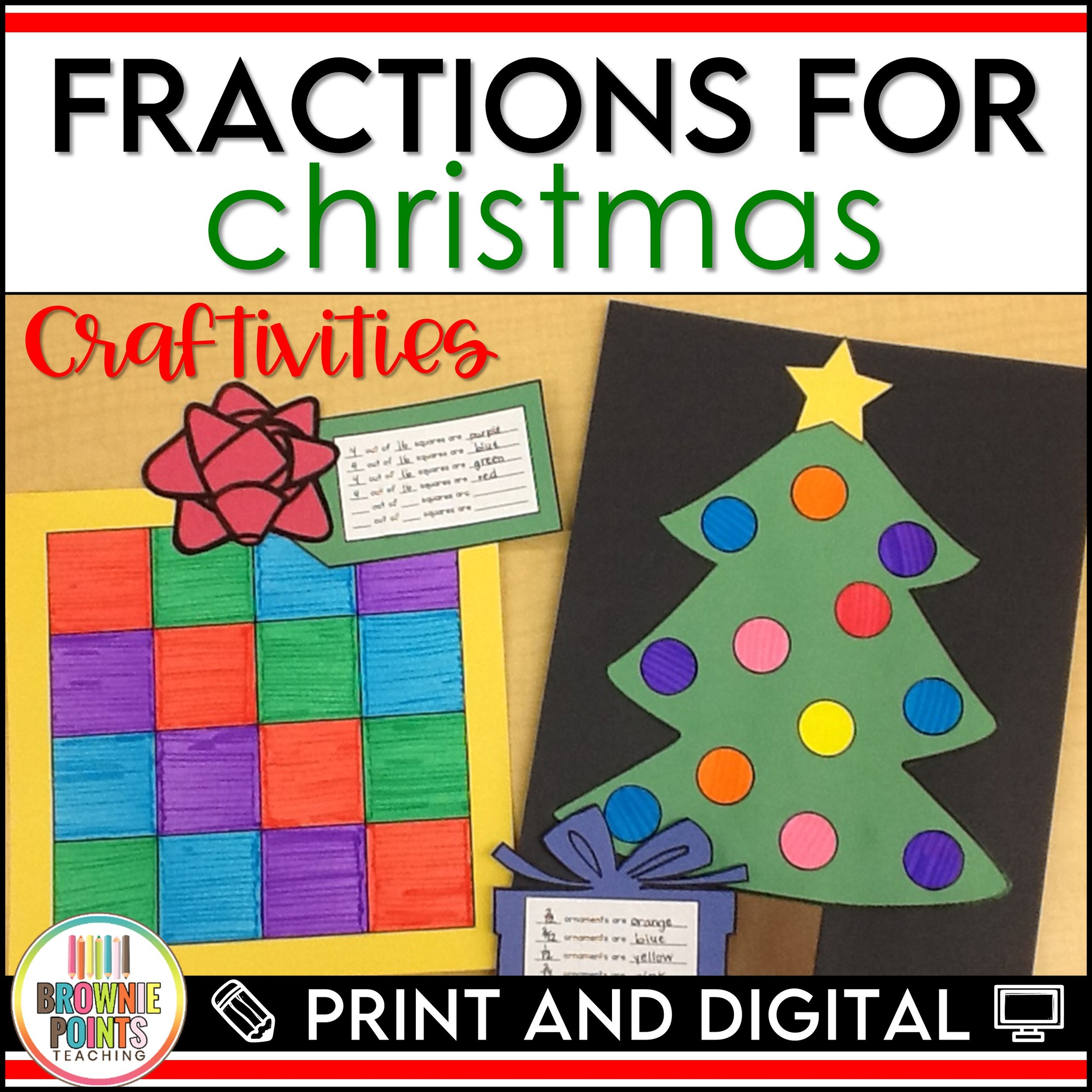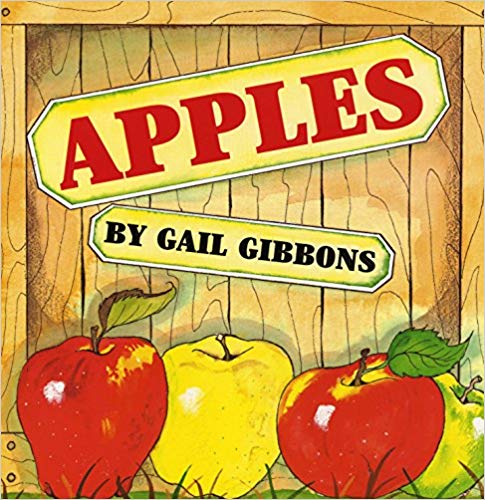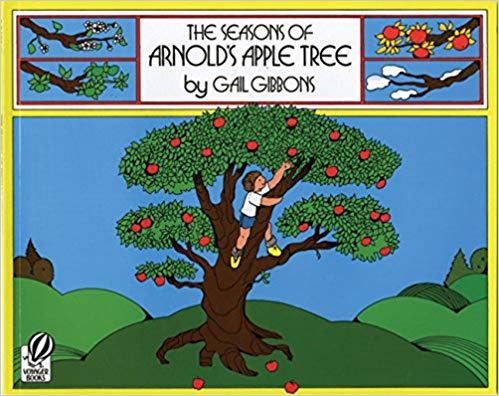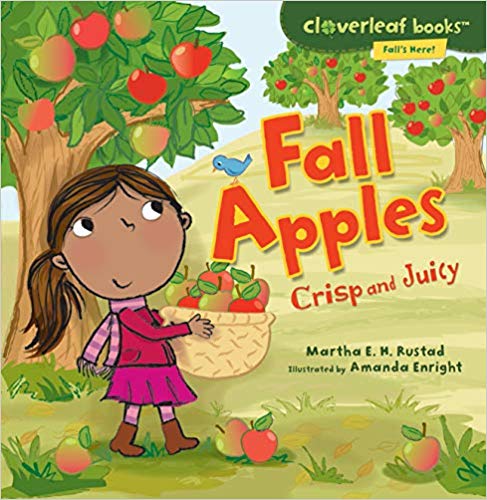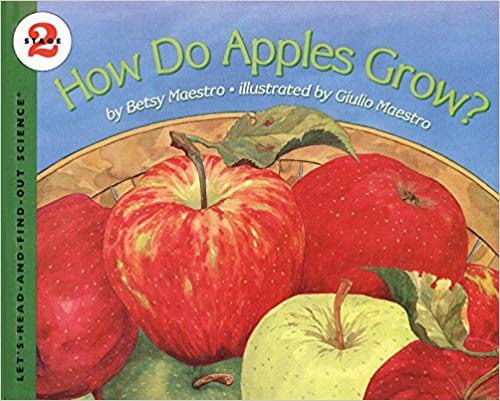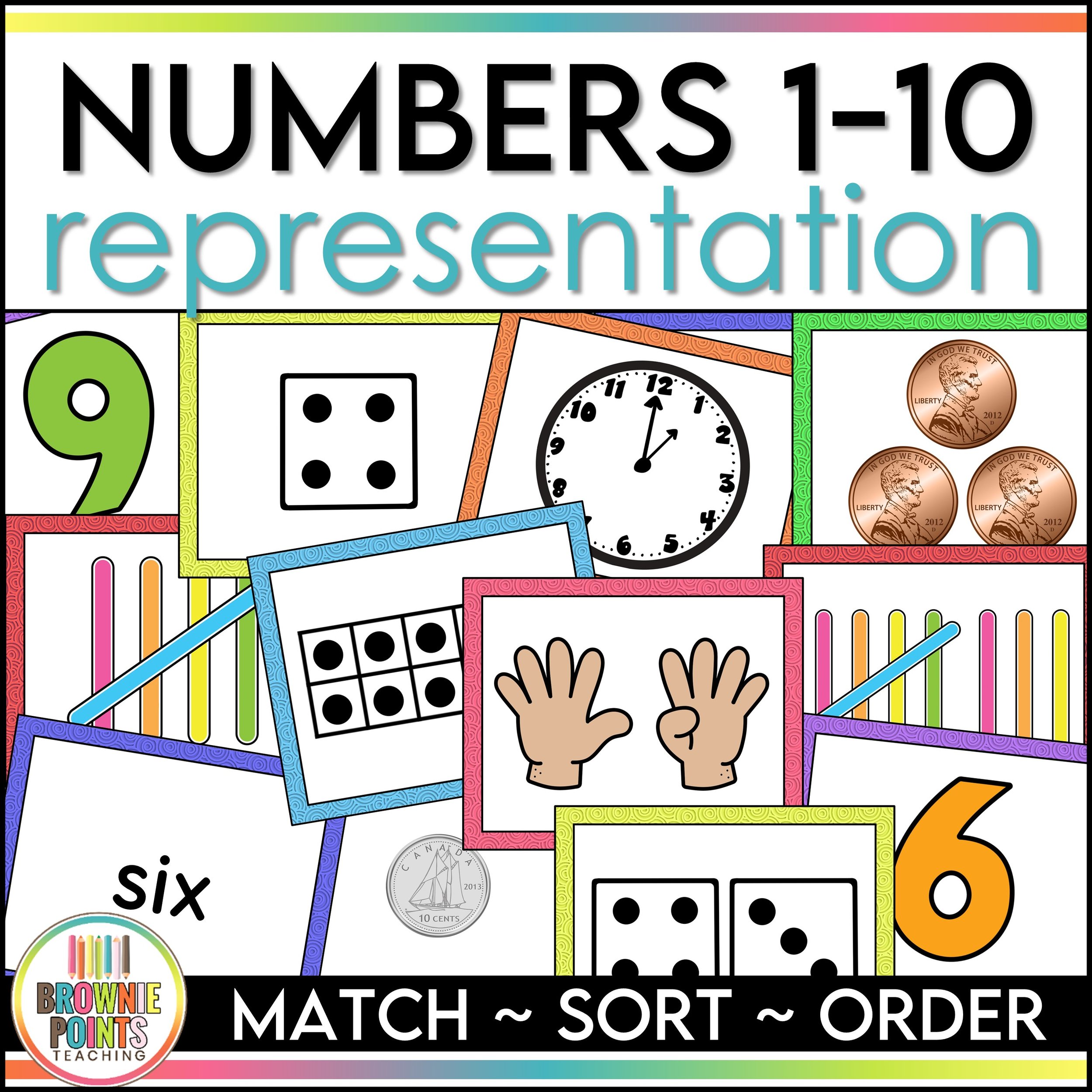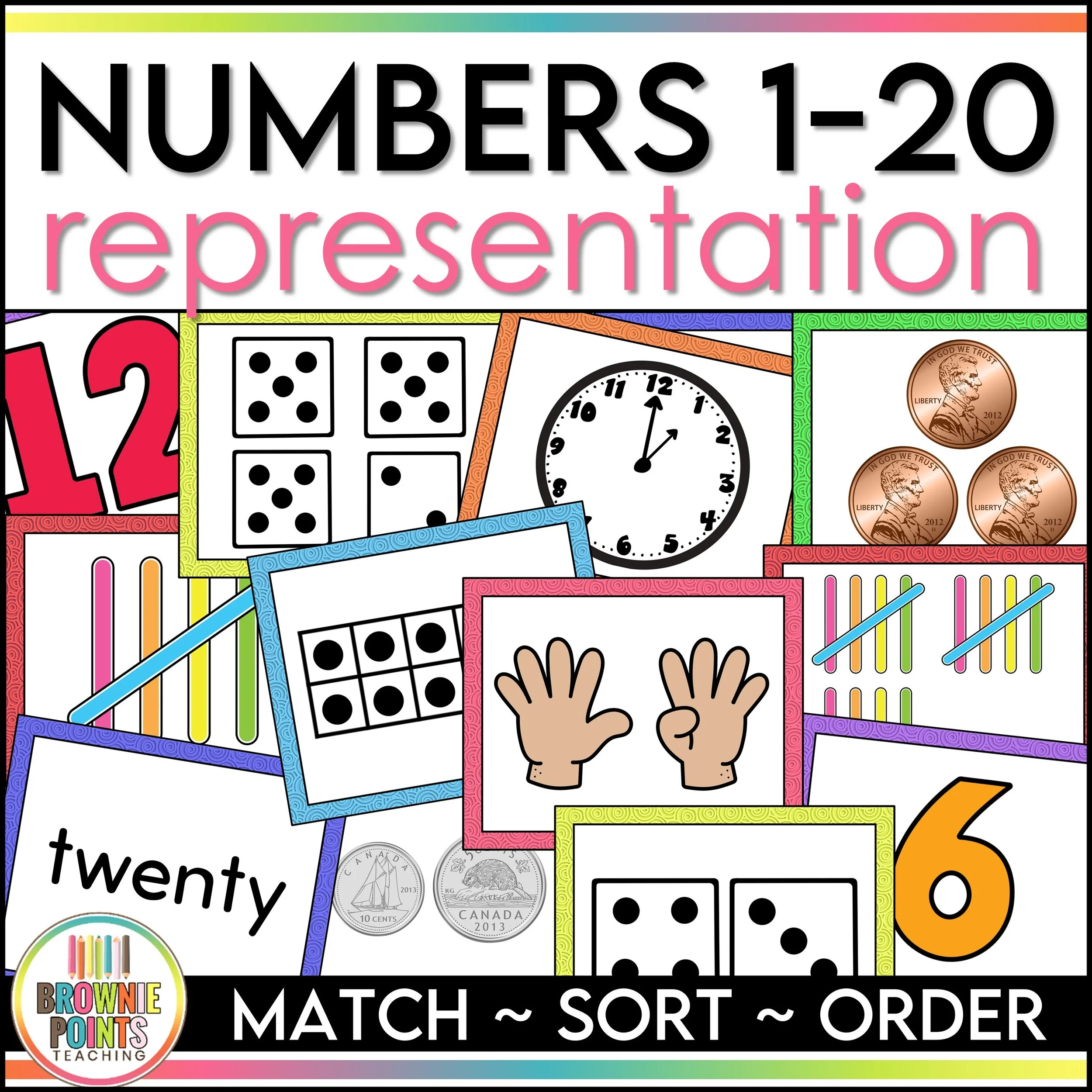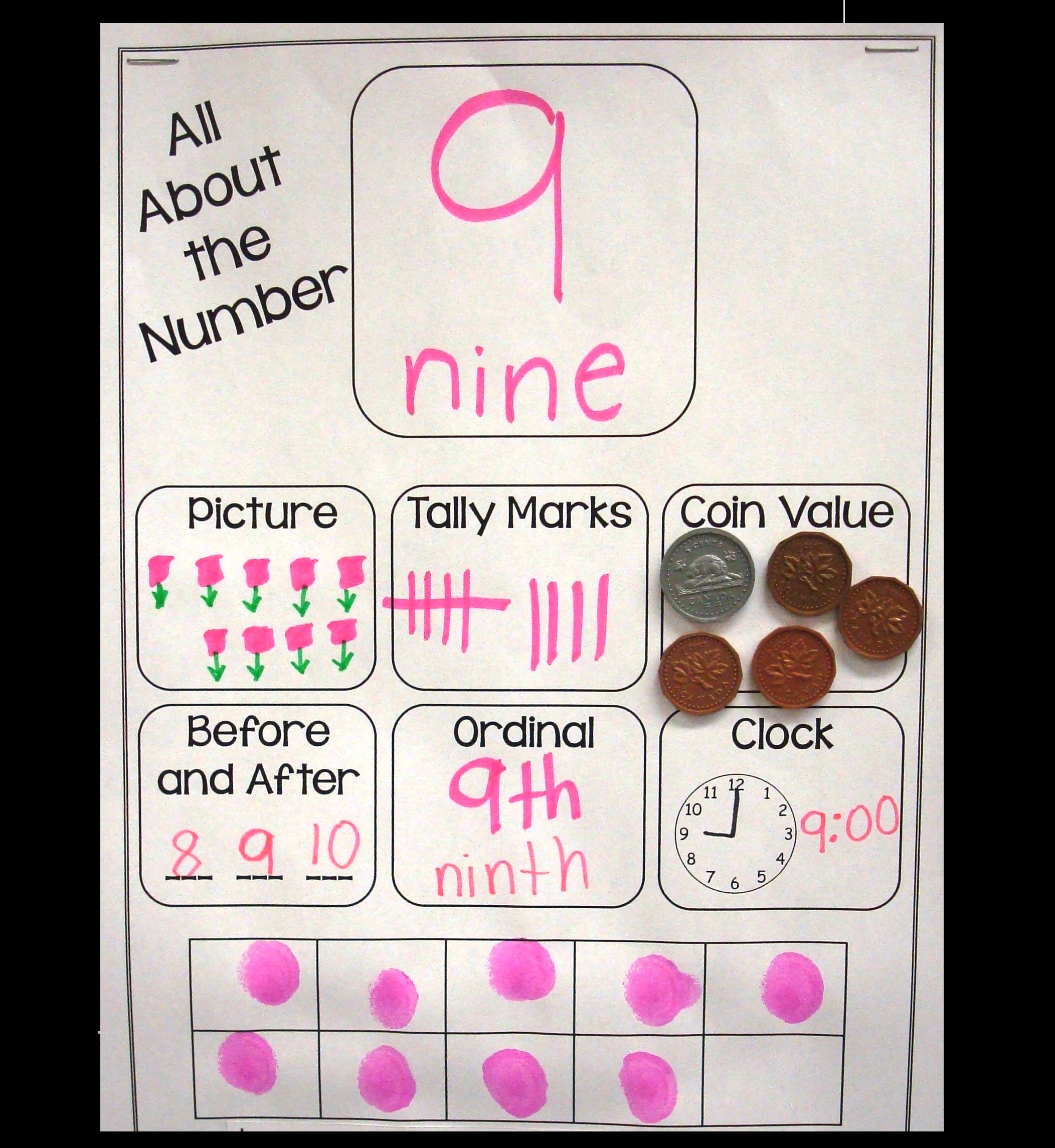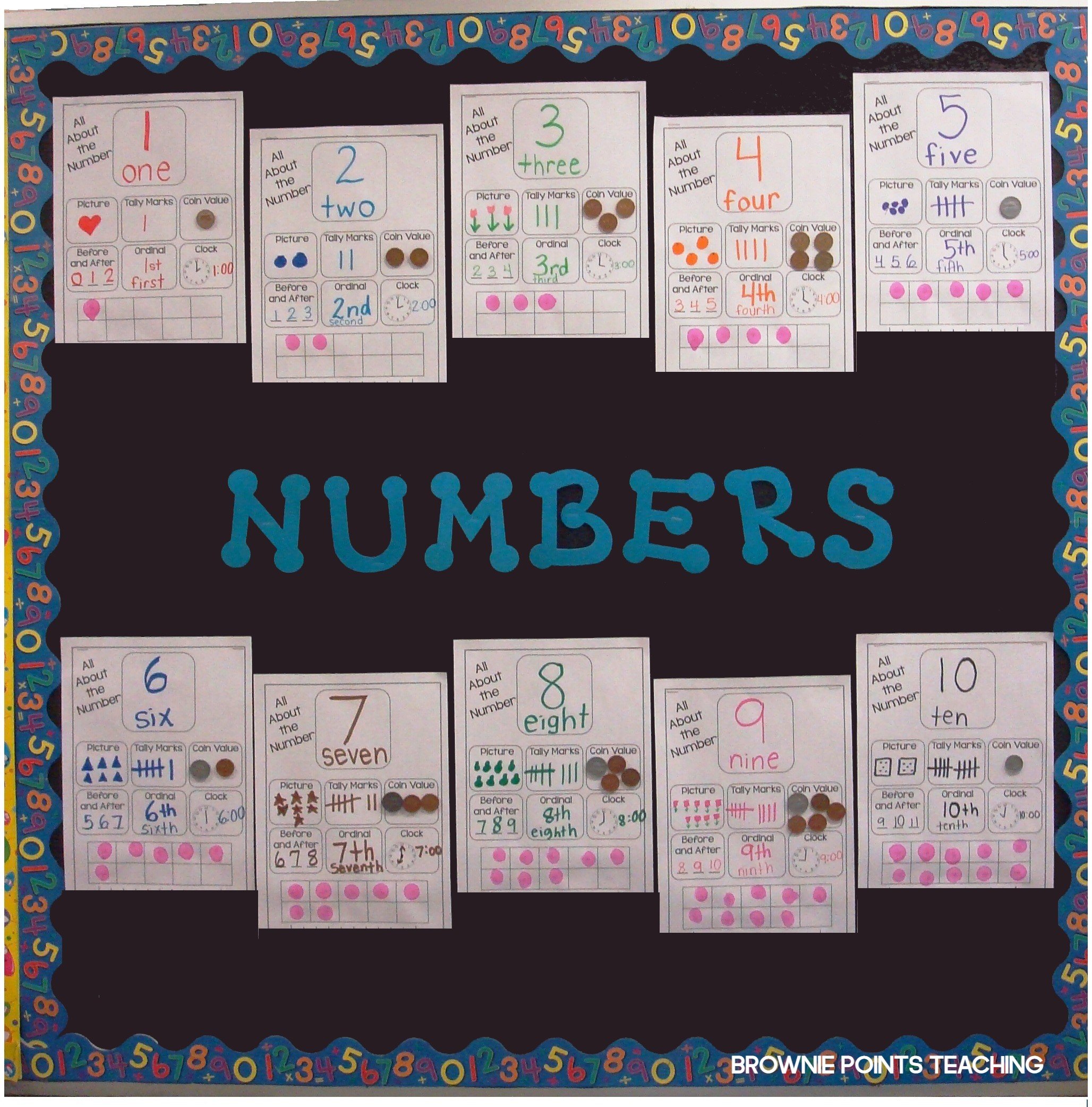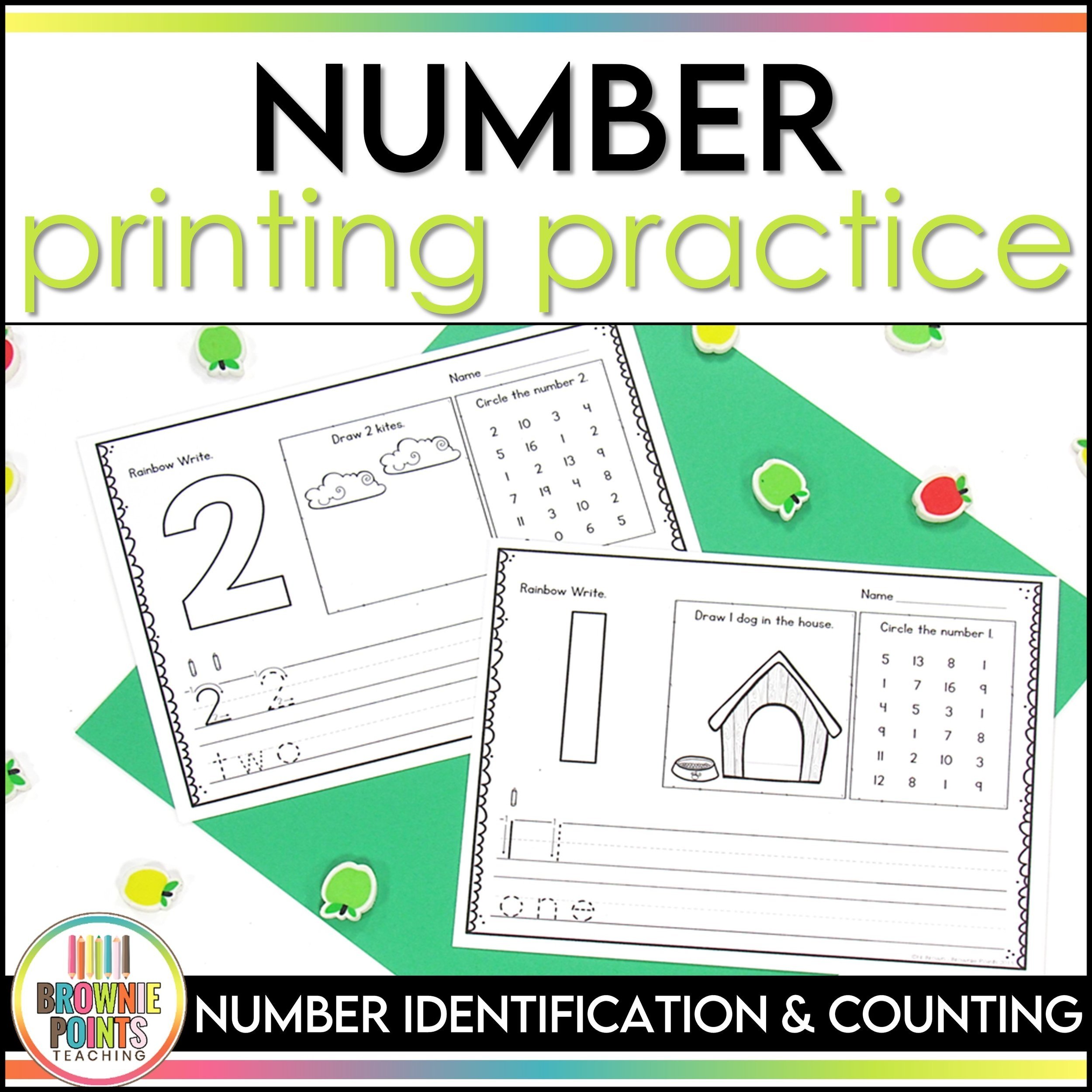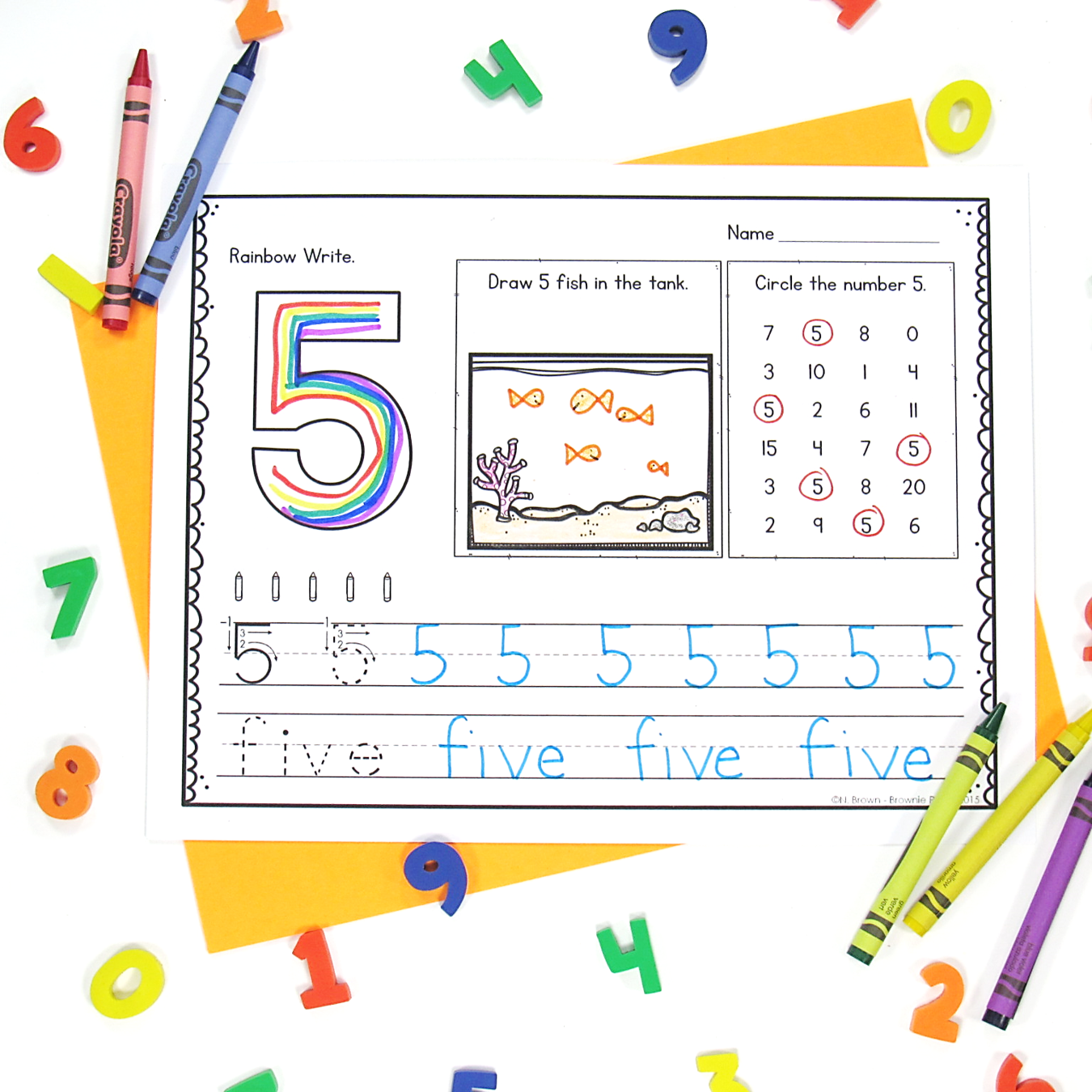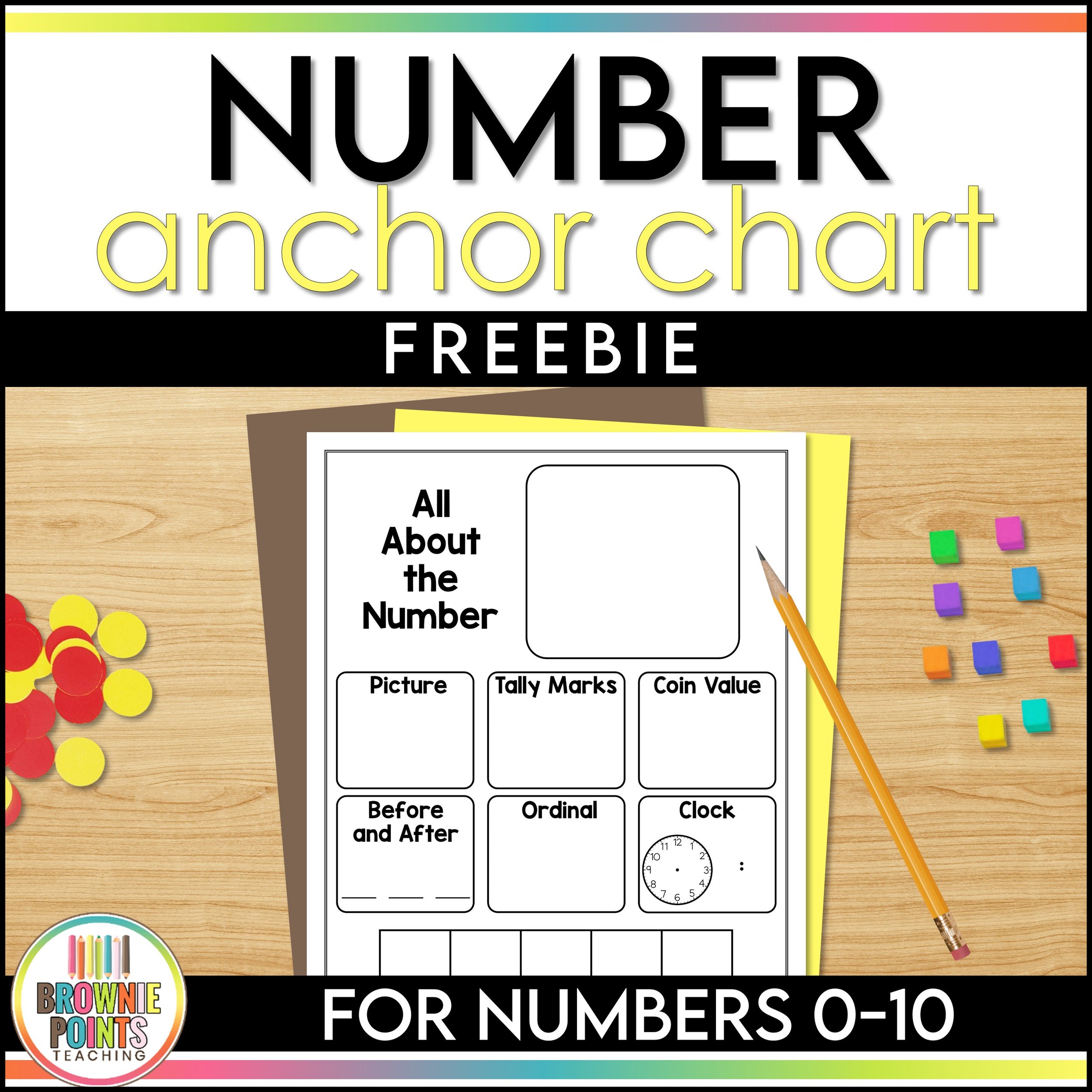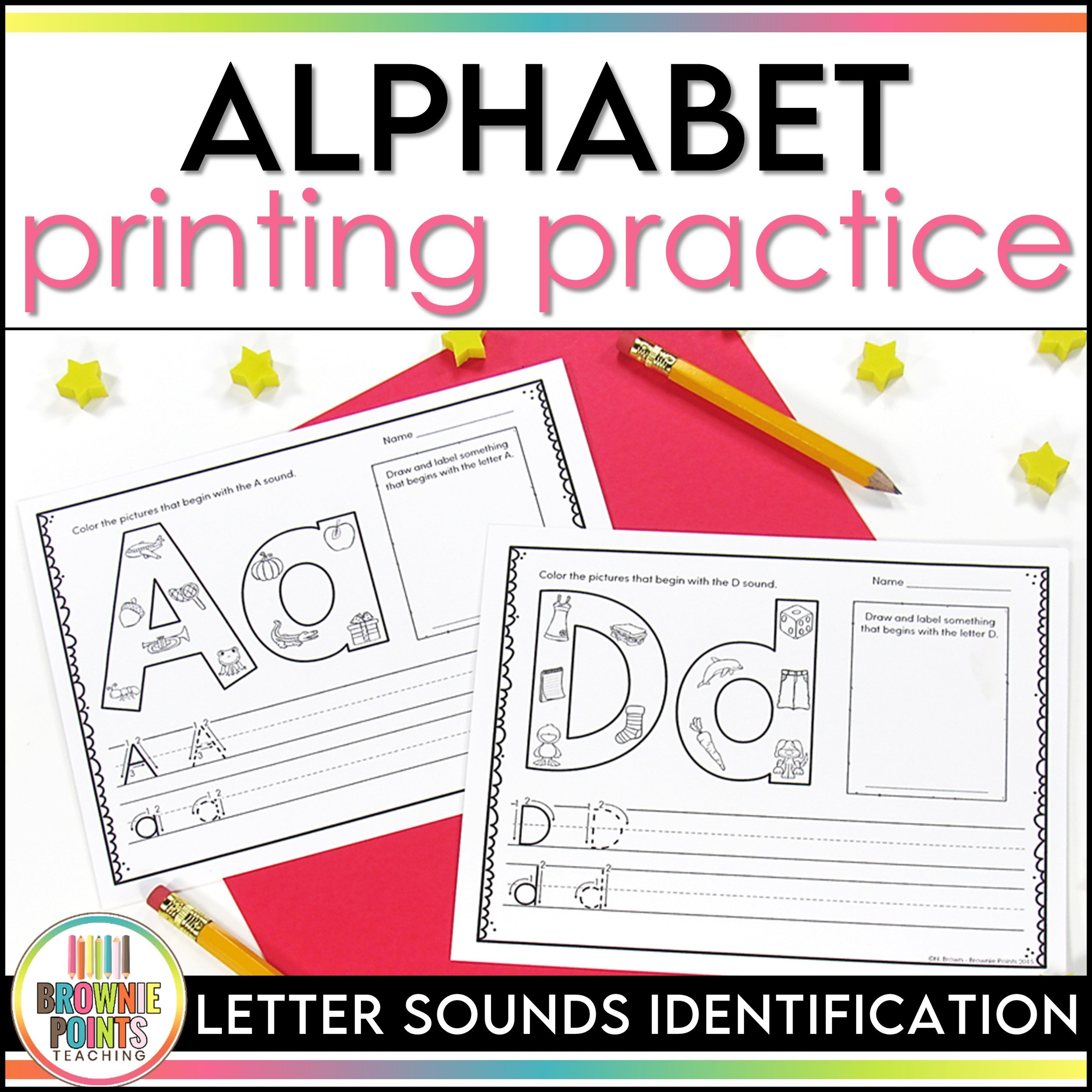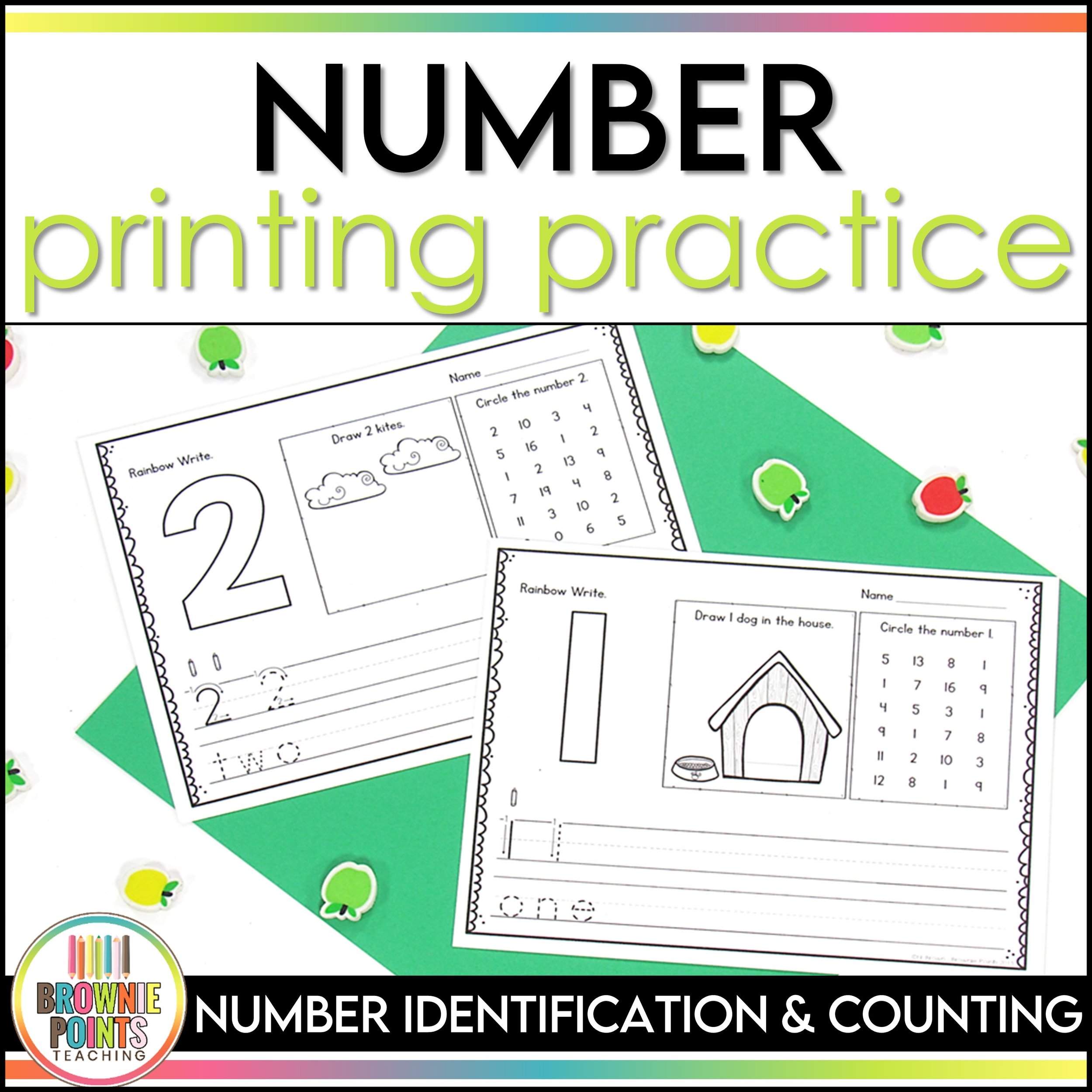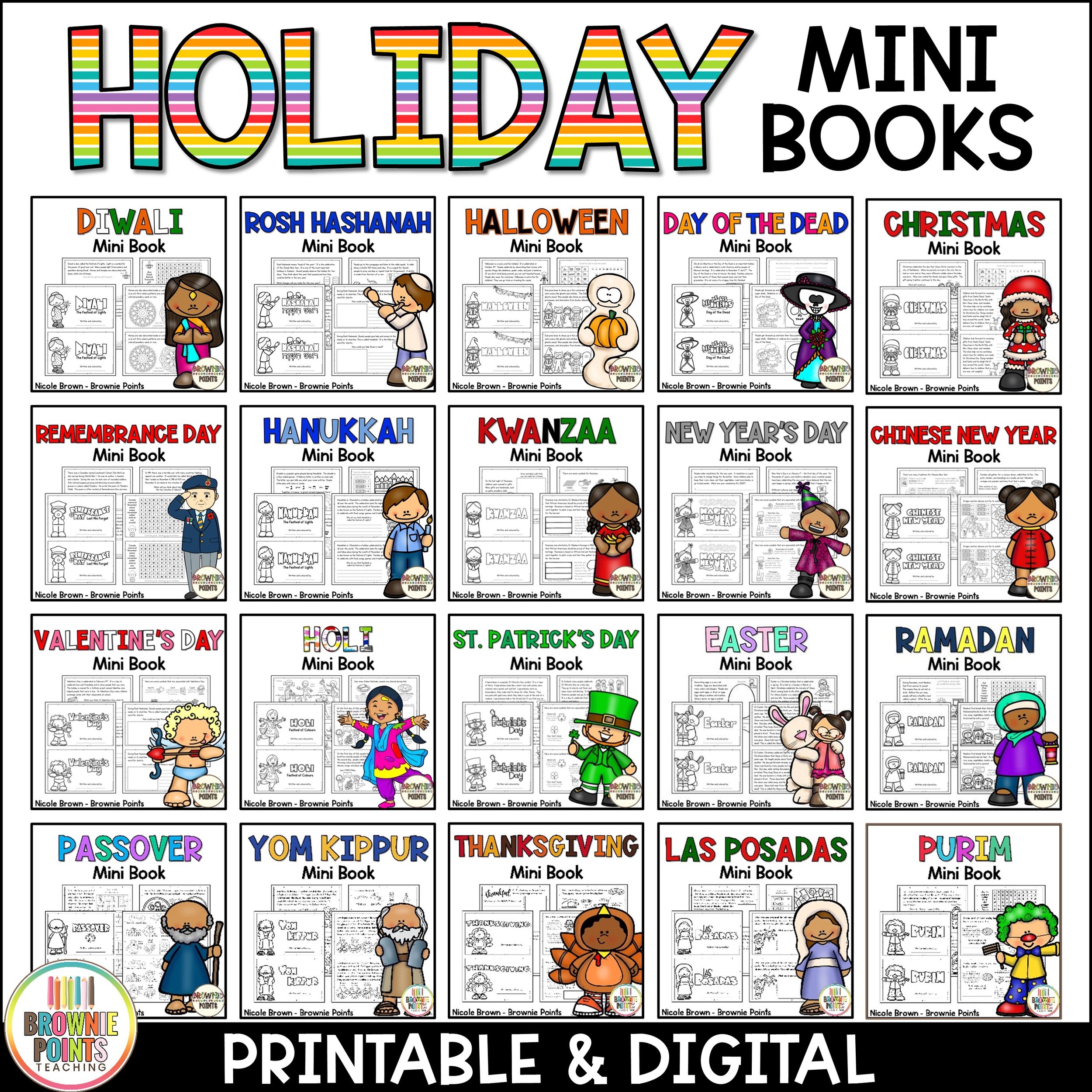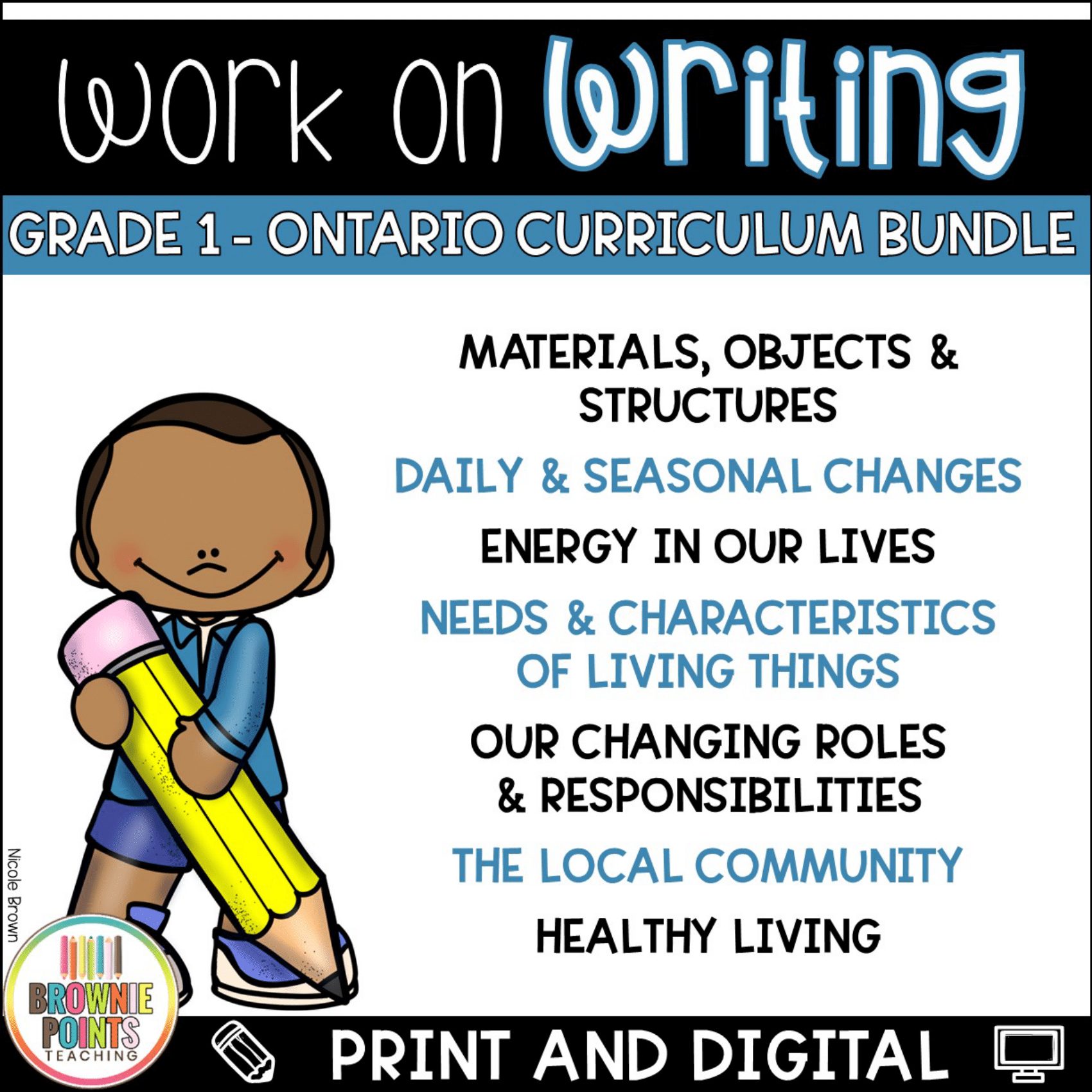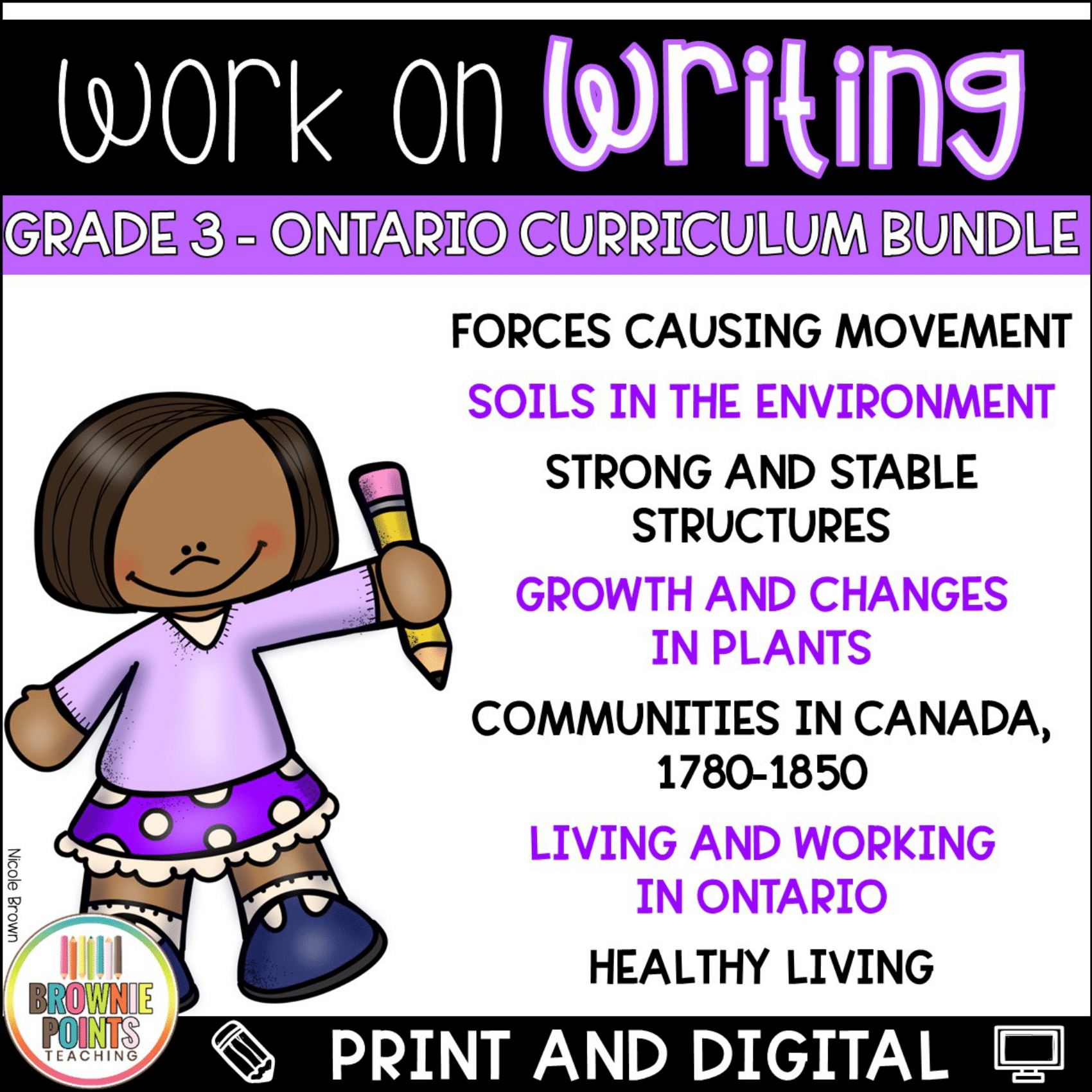Christmas Fractions Fun: Crafting Holiday Cheer in Math Class
/Ahhh...Christmas time! I know that I'm not the only teacher who sometimes struggles with fitting in all of the curriculum as well as allowing for some "fun" throughout the year, especially around certain holidays and celebrations.
Years ago, I was teaching my first-grade students about structures in science class and I didn't have the money (nor the patience!) to build gingerbread houses. I should mention that we did have a classroom budget, but I didn't want to spend a huge chunk on one day's activities.
In math, we were learning about fractions so I headed to my go-to resource sites - TPT and Pinterest - to look for a craftivity for fractions and Christmas. I didn't find any that would work for my kids so (gasp!) I made one myself!
I am really happy with how it turned out and had a hard time deciding which craftivity to do with my class! I went with the Christmas tree. All of the cutting and gluing took awhile, but at least they were practicing math facts and making a cute Christmas craft at the same time!
Check out my samples.
I put both the Christmas Tree and Christmas Gift together as one resource available for purchase in my TPT Store and BP Shop. If you already have your Christmas projects planned, you may want to consider it for next year! If you do try it out, I would love feedback - let me know how it went! Good or bad :)
Here's to making it to Christmas Break!




